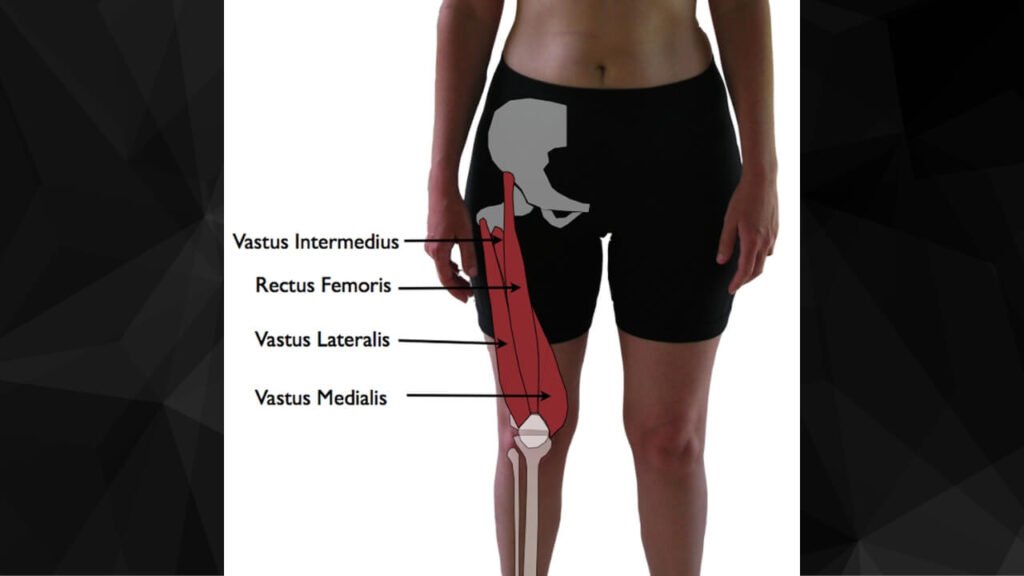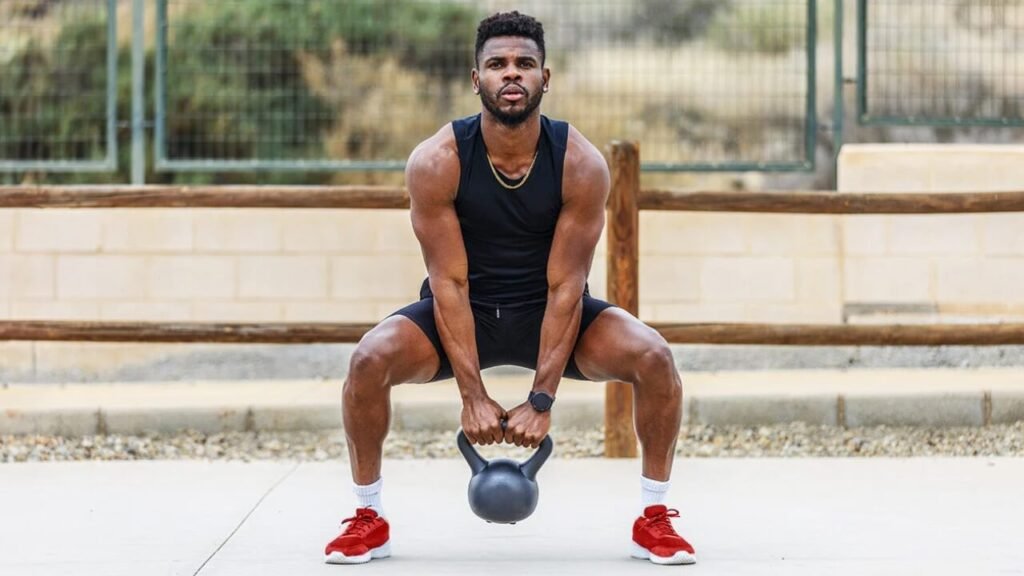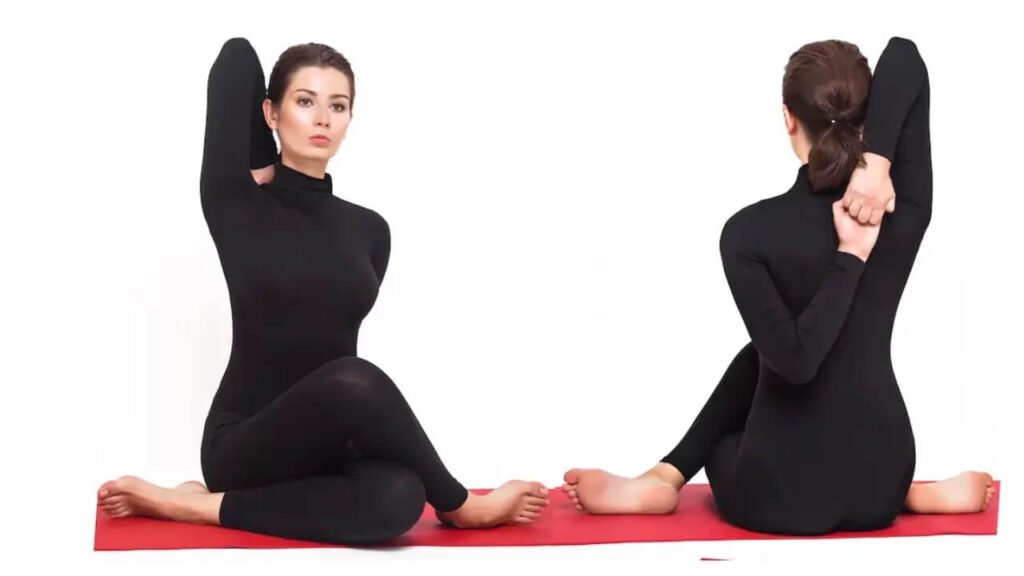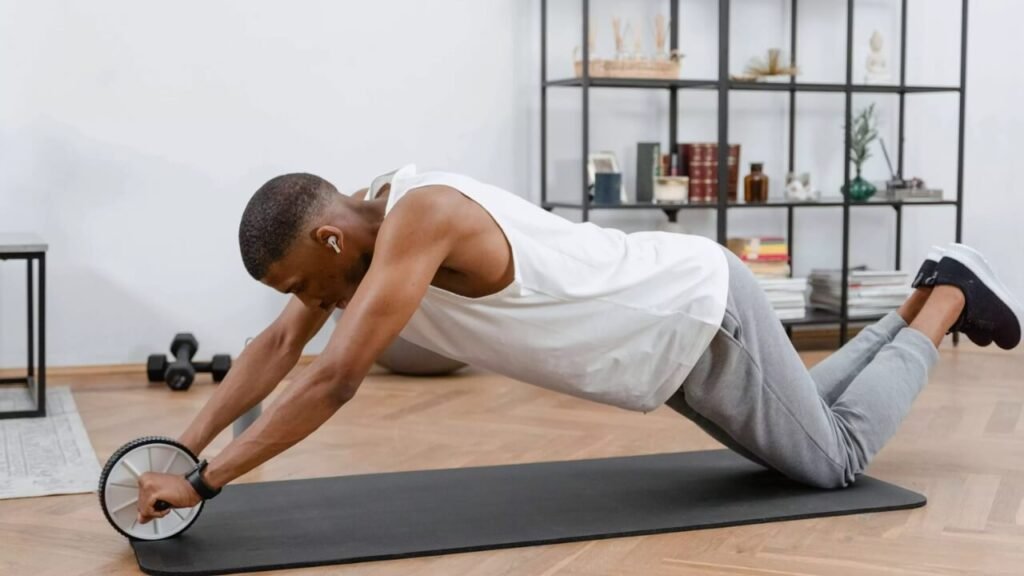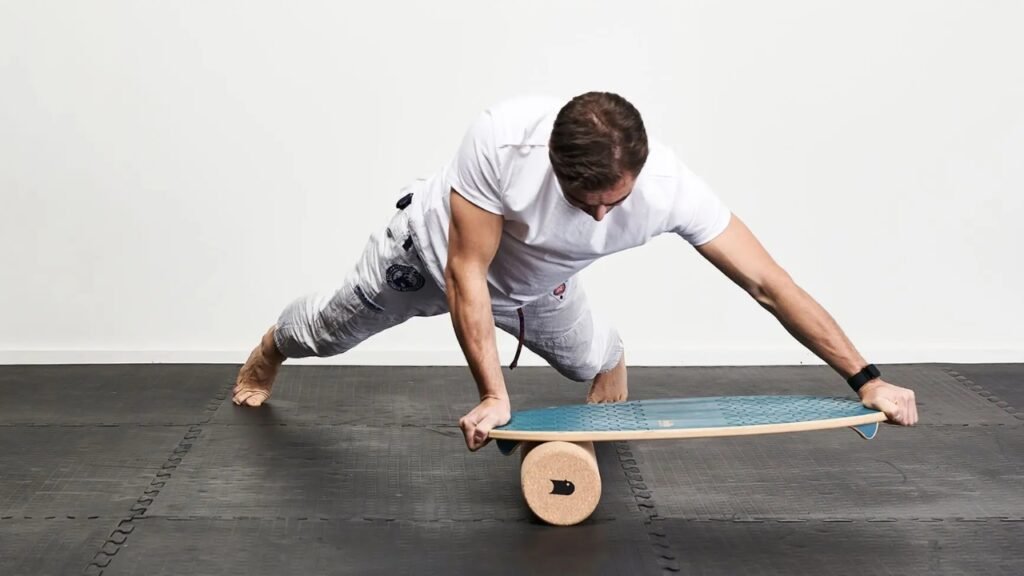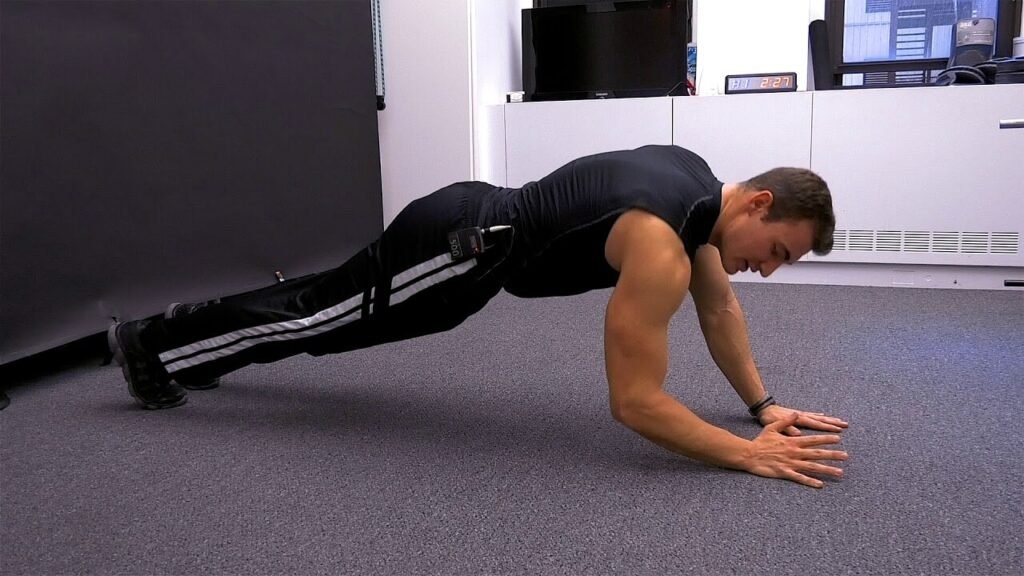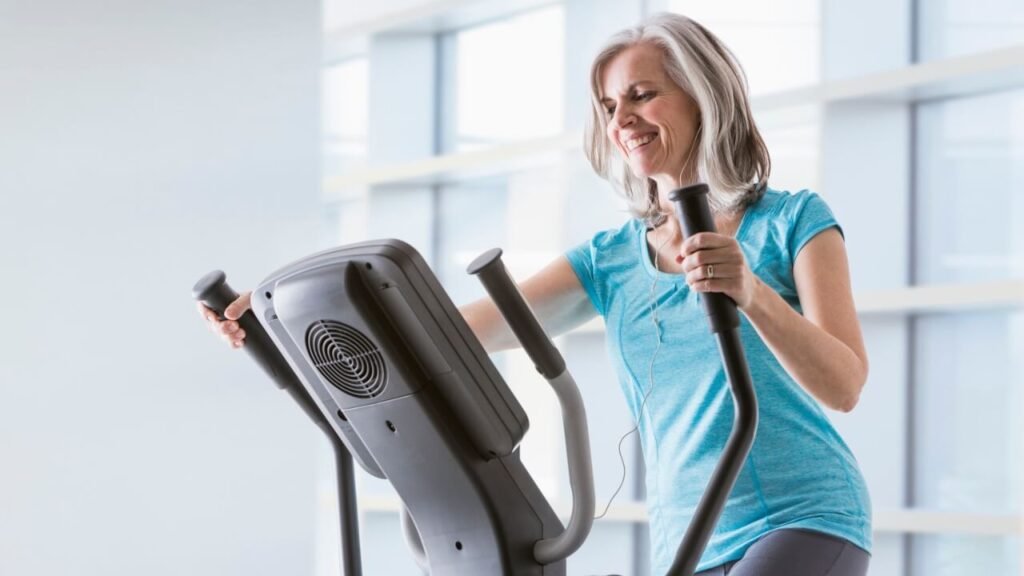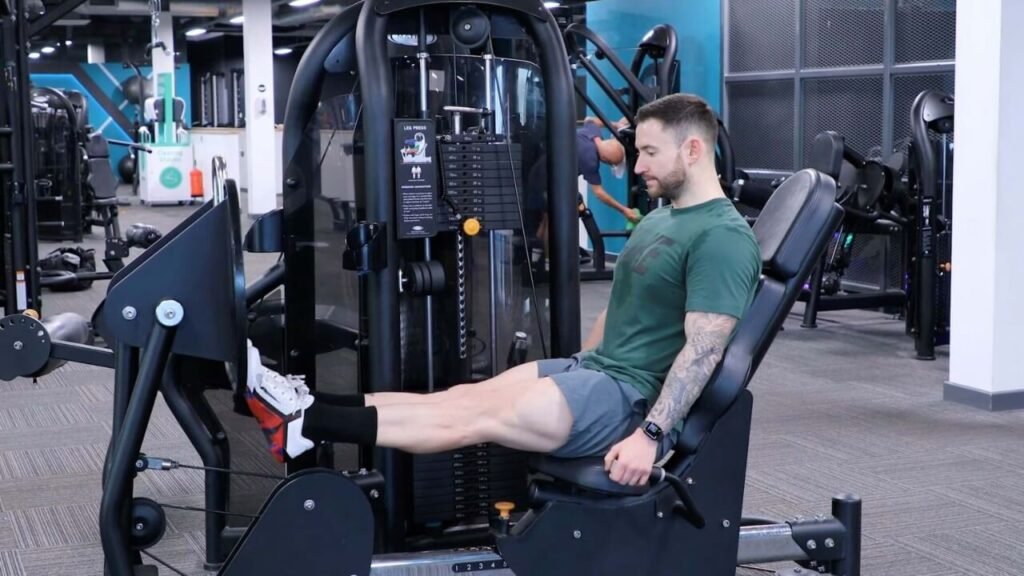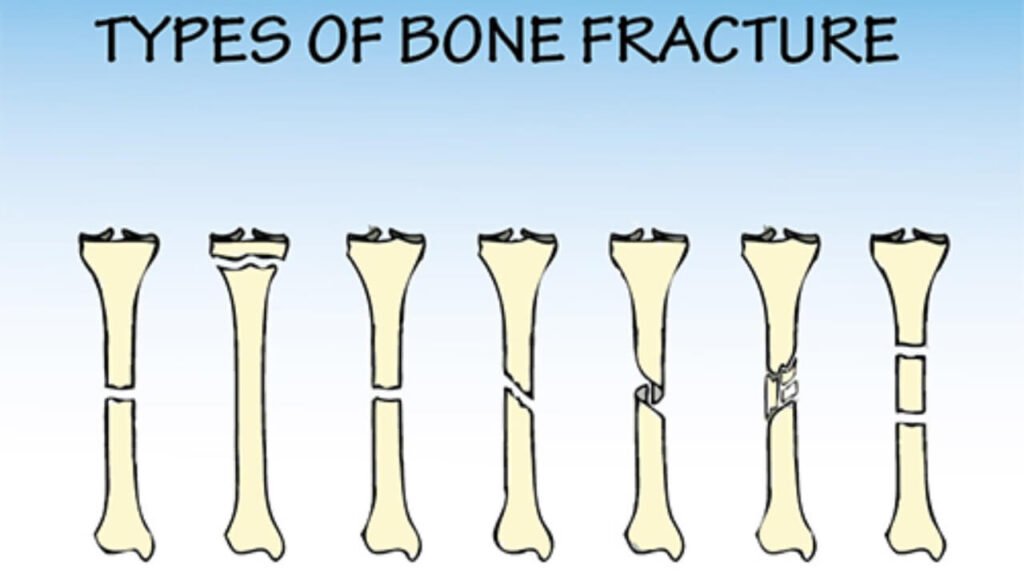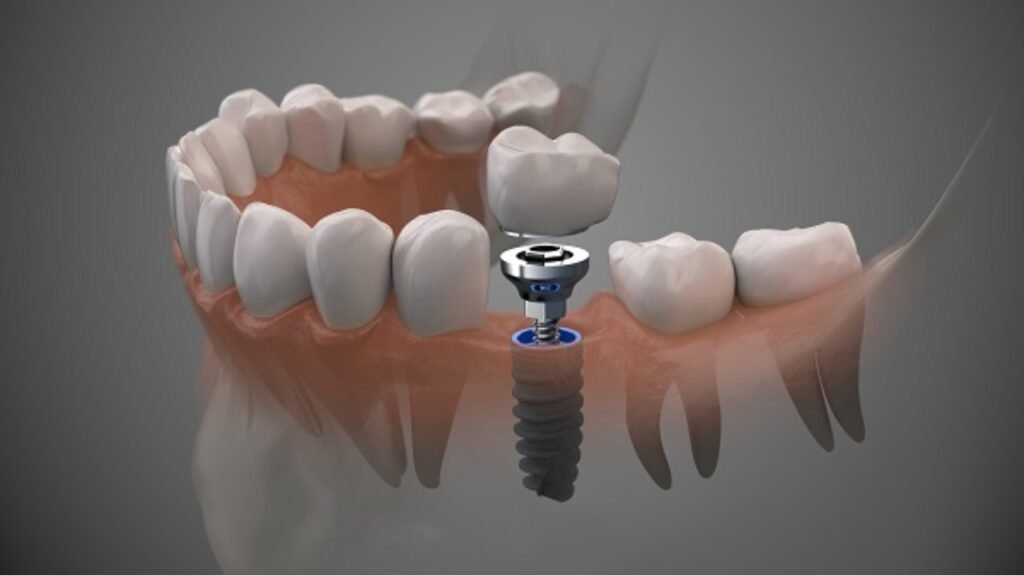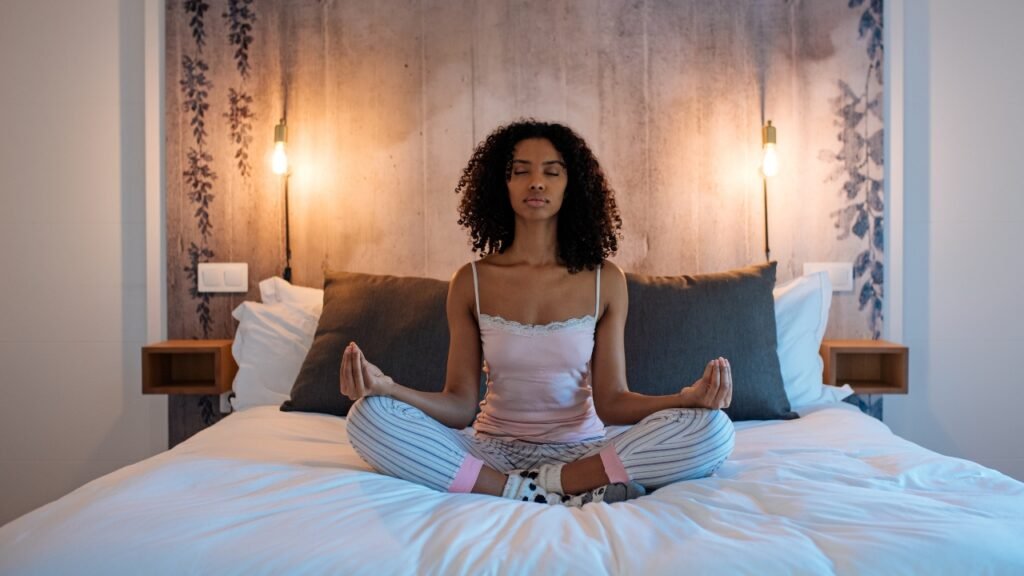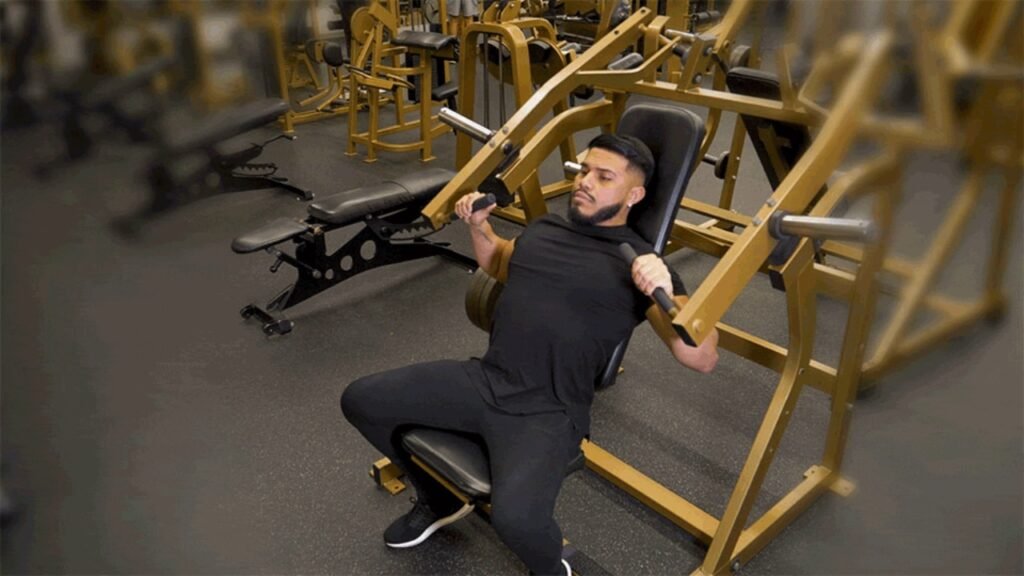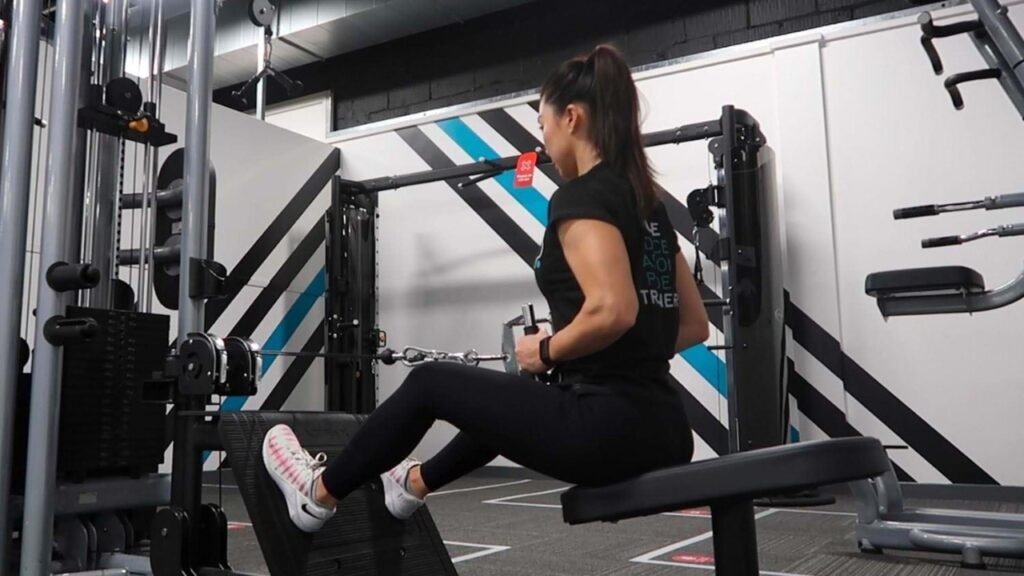Unlock Your Potential with Flexibility Exercises
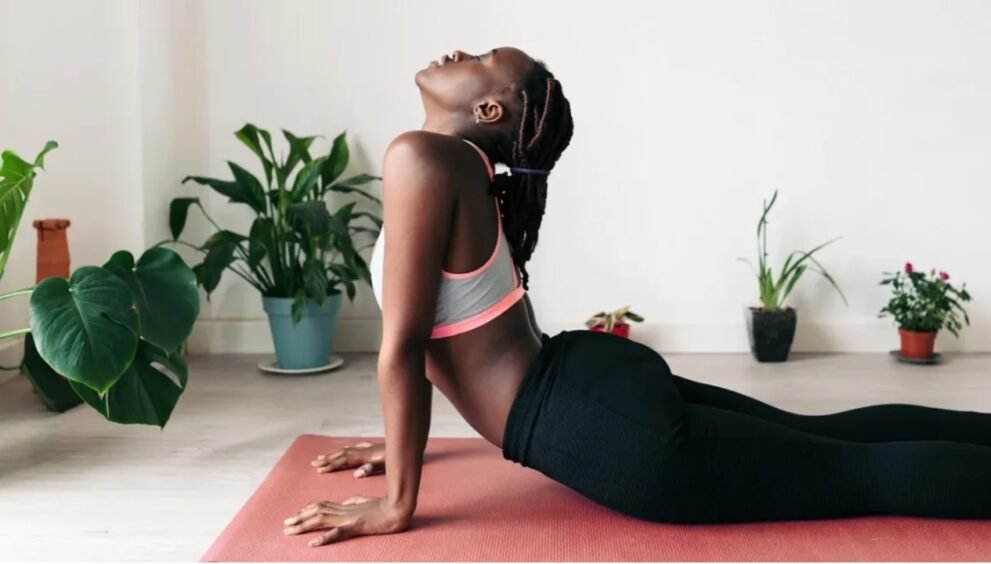
Flexibility is a vital component of overall physical fitness, contributing not only to improved range of motion but also to reduced injury risk, better posture, and enhanced athletic performance. Whether you’re an athlete looking to improve your performance or someone seeking to maintain or improve general mobility, flexibility exercises can be a game-changer. In this comprehensive guide, we will explore the importance of flexibility, provide you with effective exercises to try, and explain how to incorporate them into your daily routine.
What Are Flexibility Exercises?
Flexibility exercises are physical activities designed to increase the range of motion of muscles and joints. These exercises typically involve stretching movements that help lengthen muscles, increase the flexibility of tendons, and improve joint mobility. A regular stretching routine can help improve your posture, balance, and coordination, while also relieving muscle tension and preventing stiffness.
Unlike strength training, which focuses on building muscle mass and endurance, flexibility exercises aim to stretch and elongate muscles, leading to greater fluidity and ease of movement.
Why Are Flexibility Exercises Important?
Incorporating flexibility exercises into your fitness regimen can have numerous benefits, including:
- Improved Mobility: Flexibility allows you to move freely, reducing tightness and stiffness, which can impede your daily activities.
- Injury Prevention: Stretching helps to lengthen muscles and prepare them for physical activity, reducing the risk of strains, sprains, and tears.
- Enhanced Posture: Regular stretching can correct imbalances in your body, improve alignment, and reduce discomfort, leading to better posture.
- Stress Relief: Flexibility exercises can also help relieve muscle tension and reduce stress, leading to relaxation and improved mental well-being.
- Increased Blood Flow: Stretching increases blood circulation, which helps in muscle recovery and supports overall physical health.
As you can see, the benefits of flexibility exercises go beyond just physical health—they also play a role in improving mental health and reducing stress.
Different Types of Flexibility Exercises
There are different types of stretching techniques, each targeting various muscle groups and offering unique benefits. The most commonly practiced methods are:
Static Stretching
Static stretching involves gently lengthening a muscle to its furthest point and holding the stretch for a set amount of time (usually 15-60 seconds). It is often done after a workout to help cool down the muscles and improve flexibility over time.
Examples of static stretches:
- Hamstring stretch: Sit on the floor with one leg extended and the other bent. Reach for your toes on the extended leg and hold.
- Quadriceps stretch: Stand and pull one foot towards your glutes while keeping your knees close together. Hold for 15-30 seconds.
Dynamic Stretching
Dynamic stretching involves moving parts of your body and gradually increasing reach, speed, or both. These stretches are performed in a controlled manner, preparing the body for physical activity by increasing blood flow to the muscles.
Examples of dynamic stretches:
- Leg swings: Stand and swing one leg forward and backward while maintaining balance.
- Arm circles: Extend your arms to the sides and make small, controlled circles, gradually increasing the size of the circles.
PNF Stretching (Proprioceptive Neuromuscular Facilitation)
PNF stretching is a more advanced technique often used in rehabilitation. It involves both stretching and contracting the targeted muscle group. Typically, this is done with a partner or trainer, although some exercises can be performed alone.
Example of PNF stretching:
- Contract-relax stretch: A muscle is stretched to its maximum, contracted for a few seconds, then relaxed and stretched further.
Ballistic Stretching
Ballistic stretching involves using momentum to push a muscle beyond its normal range of motion. It’s not recommended for beginners, as it can increase the risk of injury if not done properly. Ballistic stretches are usually performed by athletes who need extreme flexibility for their sport.
Example of ballistic stretches:
- Bouncing toe touches: While standing, reach toward your toes and gently bounce up and down to stretch your hamstrings.
Top Flexibility Exercises for All Ages
Incorporating flexibility exercises into your daily routine can be simple and effective. Whether you’re new to stretching or looking to deepen your flexibility practice, here are some of the most common and effective stretches to try.
1. Neck Stretch
The neck is one area that often becomes stiff due to poor posture or stress. This simple stretch can help reduce tension.
- Sit or stand tall with your back straight.
- Slowly tilt your head towards one shoulder, using your hand to gently deepen the stretch.
- Hold for 15-30 seconds and repeat on the other side.
2. Shoulder Stretch
This stretch targets the shoulders, helping to alleviate tightness and improve posture.
- Extend one arm across your body at shoulder height.
- Use the opposite arm to pull the extended arm closer to your chest.
- Hold for 15-30 seconds and switch arms.
3. Cat-Cow Stretch
A great exercise for the spine, the Cat-Cow stretch helps to increase flexibility and relieve back tension.
- Start on your hands and knees in a tabletop position.
- Inhale and arch your back, dropping your belly toward the floor (Cow pose).
- Exhale and round your back, tucking your chin toward your chest (Cat pose).
- Repeat for 10-15 cycles.
4. Forward Bend
This is a great way to stretch the hamstrings and lower back.
- Stand with your feet hip-width apart.
- Slowly bend forward from your hips, keeping your knees slightly bent if necessary.
- Reach toward the floor and hold for 15-30 seconds.
5. Butterfly Stretch
The Butterfly stretch is excellent for opening up the hips and inner thighs.
- Sit on the floor with your feet together, knees bent outward.
- Hold your feet with your hands and gently press your knees toward the floor.
- Hold for 20-30 seconds.
6. Hip Flexor Stretch
This stretch is great for those who sit for long periods, as it helps to loosen tight hips and improve posture.
- Kneel on one knee and place the other foot flat on the floor in front of you.
- Push your hips forward while keeping your upper body upright.
- Hold for 20-30 seconds and switch sides.
7. Downward Dog
The Downward Dog pose is a classic yoga stretch that stretches the back, hamstrings, and calves.
- Start in a plank position with your hands and feet on the floor.
- Lift your hips toward the ceiling, creating an inverted V shape with your body.
- Press your heels toward the ground and hold for 15-30 seconds.
How to Safely Incorporate Flexibility Exercises Into Your Routine
For flexibility exercises to be effective, consistency is key. You don’t need to spend hours stretching, but a few minutes each day can lead to noticeable improvements over time. Here are some tips to help you get started:
- Start Slowly: If you’re new to stretching, begin with gentle movements and avoid pushing your muscles too far. Over time, you can deepen the stretches as your flexibility improves.
- Warm-Up First: Always warm up before doing static stretches. A short jog, jumping jacks, or other light activities will help prepare your muscles.
- Consistency is Key: Aim to stretch every day or at least three to four times a week. Flexibility improves with regular practice, just like strength training or cardio.
- Breathe Deeply: Don’t forget to breathe deeply during stretches. Exhale as you deepen the stretch, and remember, relaxation is part of the process.
- Listen to Your Body: If you feel pain, stop immediately. Stretching should never cause discomfort or strain.
The Benefits of Flexibility Exercises for Your Overall Health
The importance of flexibility exercises cannot be overstated. Not only do they help with mobility, but they can improve overall health in several areas:
- Enhanced Mobility: As you stretch, you’ll find it easier to move through your daily activities, whether it’s bending to tie your shoes or reaching for something on a high shelf.
- Better Posture: Stretching strengthens muscles that support proper posture, helping you stand tall and reducing back pain.
- Injury Prevention: Increased flexibility reduces the likelihood of muscle strains, joint injuries, and other physical problems.
- Mental Relaxation: Flexibility exercises can help reduce stress and anxiety, as stretching releases muscle tension and encourages relaxation.
- Improved Performance: Whether you’re an athlete or just enjoy being active, flexibility enhances your physical performance, whether you’re lifting weights, running, or participating in other sports.
Conclusion: Embrace Flexibility for a Healthier Lifestyle
Incorporating flexibility exercises into your daily routine can bring about dramatic improvements in your physical health, posture, and mental well-being. Stretching not only increases your flexibility but also promotes relaxation, reduces stress, and helps prevent injuries.
Remember, the key to success is consistency—just a few minutes of stretching each day can lead to noticeable improvements in mobility and overall health. By starting with gentle stretches and gradually building up to more advanced techniques, you can unlock a world of benefits and enjoy a healthier, more active lifestyle.
So, take the time to invest in your body, and let the echoes of your flexibility exercises reverberate through every movement you make.












